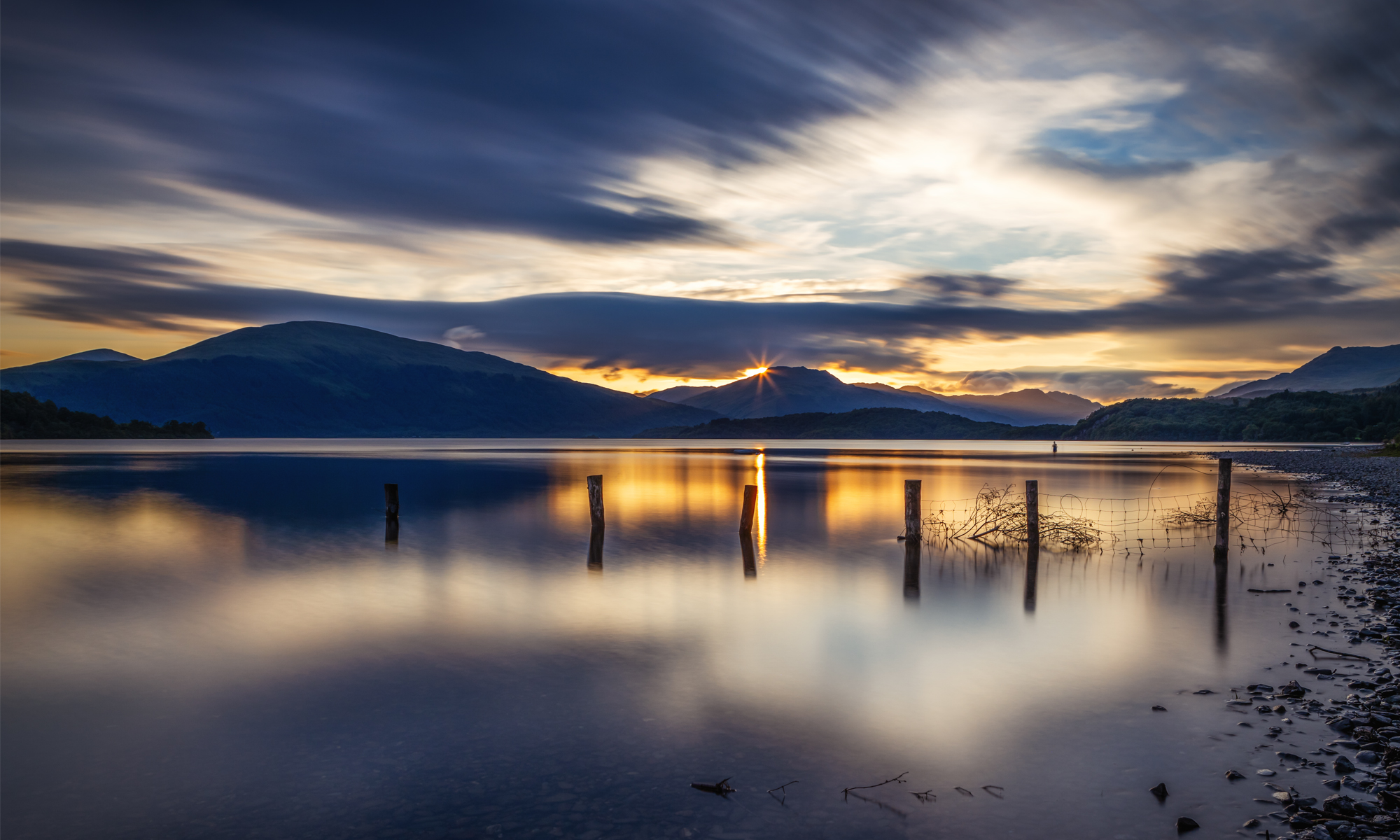I am nine months post-transplant. I would love to say that it’s been an easy ride, that I instantly felt amazing. Well, actually I did, but I think this had a lot to do with the initial high dose of steroids, the incredible high at being alive and the instant easing of the strain of kidney failure. As steroids were weaned down (to my maintenance dose), I started to struggle – there was a realisation that this would not be a smooth ride. Consultants have told me repeatedly to not be surprised by this. After having peritonitis last January, then covid in April and then a kidney transplant in May. They thought it would take me a year, if not longer to recover fully and then I had the nerve pain, which kept me awake for hours at night and endometriosis on top of this. Frustration has been my ever-present friend.
Saying all that, I do not want to moan. I realise that an extraordinary chance of a full life has been gifted to me. I am getting stronger all the time – and the pain lessens a little bit each day. Work is something I’ve been able to do part-time, thanks to my brother, and photography is still a blessing to me. We have got out and about locally as much as we can, as much as we are able to in these strange times.
As we have kept close to home, I have tried to focus on local places, specifically local places of historic or archaeological value. Studying a history and archaeology degree at university – the two subjects have never been far from my affections. I thought combining my two passions – photography and archaeology would be a great use of time and documenting local archaeological sites would be useful too.
The sites we have visited are Cley Hill, in Wiltshire, which has two bowl barrows an iron age hill fort and medieval strip lynchets. Aside from the archaeological interest, Cley hill has also been my very own personal challenger. When I first ventured into the world after I learned to walk again, we went to Cley hill. I managed to walk only to the path. I couldn’t even get to the hill. We have been back many times since – and each time push through just a little bit further. In January, for the first time, (since Spring 2018), I managed to get to the top. It is a small achievement for most people but a significant milestone for me.
We also visited the abandoned Fussell’s iron-works in Mells – one of the pictures above shows an old sluice. The iron-works were started in 1744 by James Fussell. Just over 100 years later – due to bankruptcy, the site was abandoned, nature eventually took the area back. The iron-works are only a couple of miles from Frome, it is a site with prolific industrial archaeology, yet we only found out about it in the second lockdown. We have also walked the Vallis way walk, which also goes through the iron-works and beautiful ancient woodland. Additionally, there is an area of interesting geology.
There is significant archaeological interest at Mere downs, another site that I have only learnt about in the past year – cross dykes from the bronze age, a neolithic causeway and camp at Whitesheet hill. There is a cropped photograph of Whitesheet hill above. We also found a milestone from 1750, which now seems relatively new. There is still much to explore, so we will go back as soon as we are out of this current lockdown.
Finally, there are a couple of pictures at Avebury, which I believe we visited before the first lockdown. No words needed for this neolithic stone circle. It is a place of wonder and awe and a link to our ancient ancestors. I feel, on visits to Avebury, that I am reminded of something once known, but forgotten, maybe it is just an intangible connection to our past.
Silver linings are found everywhere, even in the most difficult of times. I hope we will continue to pursue this new hobby after lockdown – documenting as many local archaeological sites as possible, building my strength along the way too.

